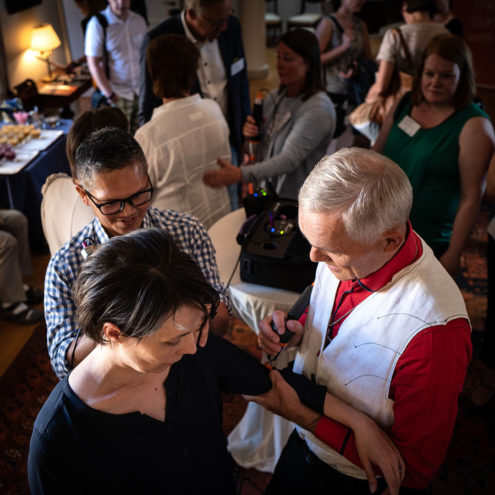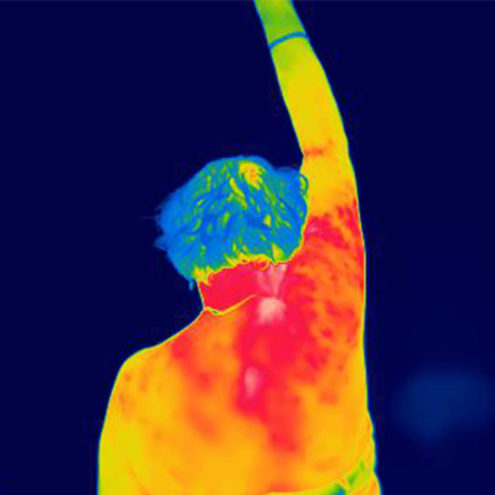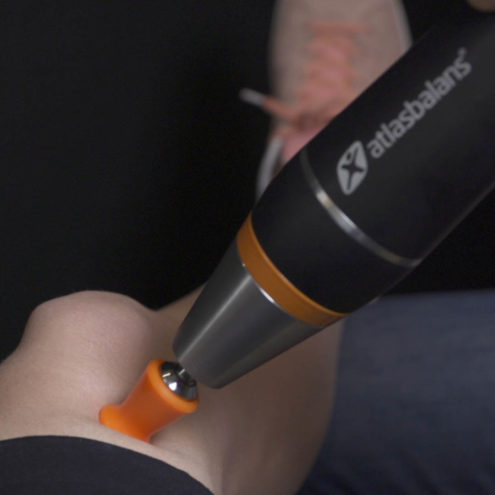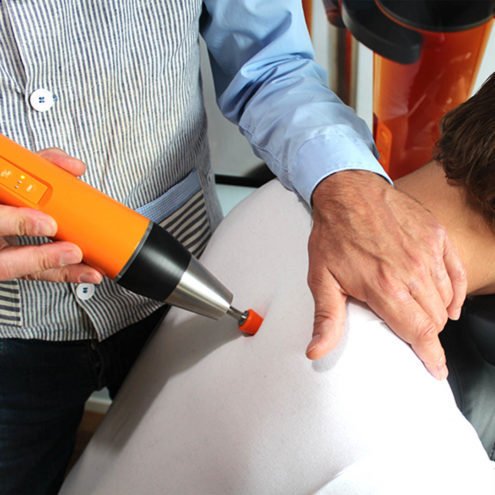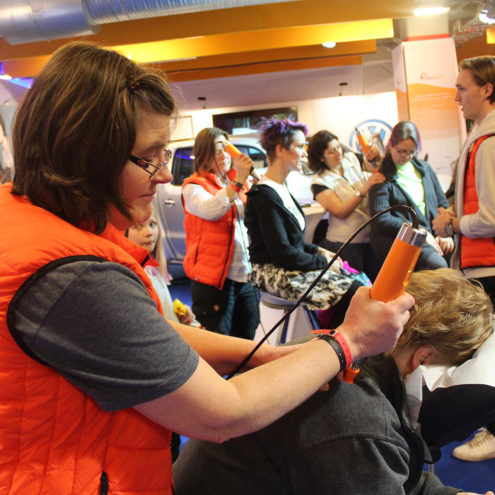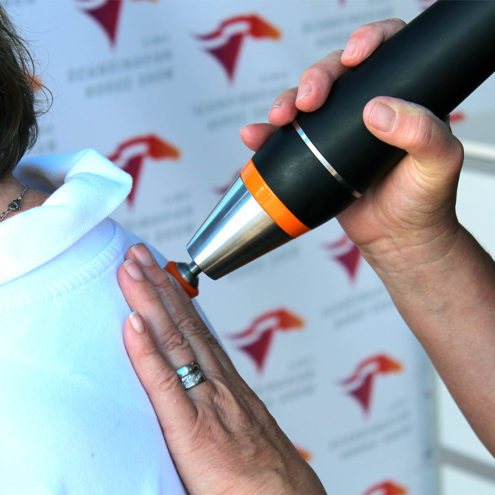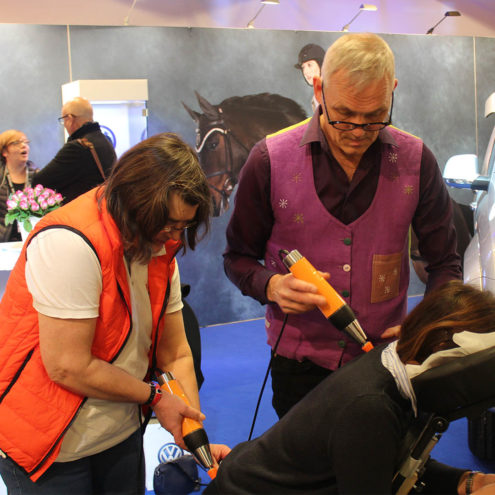Rupture – Symptoms, Advice and Treatments

Experiencing a rupture is both frightening and painful. A rupture is a break in a tissue or organ caused by wear or pressure. A rupture requires immediate attention and careful treatment.
This article informs about ruptures, their causes and symptoms to effective treatment methods, with a special focus on the role of fascia treatment.
What is rupture?
Rupture means rupture caused by pressure and wear in any of our organs or soft tissues such as muscles, tendons and internal organs. Ruptures represent a broad category of injuries and can range from mild to life-threatening conditions and often require a combination of immediate care and long-term rehabilitation. A rupture can cause life-threatening bleeding and permanent damage if left untreated.
Common causes of the problems
Ruptures can occur for a number of reasons, including acute trauma, external force, overexertion during physical activity, or as a complication of certain medical conditions. These injuries are not just limited to athletes but can affect anyone regardless of age or activity level.
Why do you get these problems?
Ruptures often occur as a result of a combination of factors, including inherent weaknesses in the tissues and external stresses that exceed the body’s ability to resist.
Achilles tendon rupture
One of the most common ruptures is Achilles tendon rupture, or heel tendon rupture. This type of rupture often affects runners and athletes, where the tendon can often exceed its normal range of motion. This type of injury occurs when the tendon, which connects the calf muscles to the heel bone, is subjected to sudden force that exceeds its tolerance. Other factors that can increase the risk of Achilles tendon rupture are old age, cortisone use, kidney disease and certain types of antibiotics.
Blister rupture
Bladder ruptures are less common and usually occur as a result of direct trauma to the abdomen or as complications of medical procedures. These require immediate attention to prevent serious complications.
Uterine rupture/uterine rupture
A ruptured uterus or uterine rupture is a tear or rupture in the wall of the uterus. Uterine rupture can be caused by several different factors. These include expulsion of the baby, multiple pregnancies, previous scarring from surgical procedures such as caesarean section, large fetus and obstruction. This type of rupture poses an immediate threat to the life of both mother and baby.
Symptoms and diagnosis
The symptoms of a rupture vary depending on the tissue or organ involved but often include sudden pain, swelling and reduced function.
Symptoms of Achilles tendon rupture
Symptoms of a ruptured Achilles tendon include a sharp pain in the heel or back of the leg, inability to bear weight on the affected leg, and in some cases an audible snapping or popping sound at the time of the injury.
Symptoms of bladder rupture
Bladder rupture may manifest itself through abdominal pain, difficulty urinating, and the presence of blood in the urine. A feeling of pressure or fullness in the pelvic area may also be experienced. Diagnostic tests for bladder rupture usually include ultrasound and cystography, which help visualize the extent and exact location of the injury.
Symptoms of uterine rupture
Uterine rupture can lead to sudden and intense abdominal pain during pregnancy, often accompanied by vaginal bleeding and fetal distress. This condition requires immediate diagnosis, usually by ultrasound and continuous monitoring of the fetal heart rate, in order to intervene quickly.
Treatment and management
Treatment strategies for ruptures vary depending on the severity of the injury and can include anything from conservative management to surgical procedures.
Treatment of Achilles tendon rupture
For ruptures of the Achilles tendon, treatment can range from immobilization with plaster or orthosis to allow the tendon to heal naturally, to surgery to reattach the severed ends of the tendon. Rehabilitation with physiotherapy is essential to restore strength and flexibility.
Treatment of bladder rupture
The treatment of bladder rupture depends on whether the rupture is intraperitoneal (inside the abdominal cavity) or extraperitoneal (outside the abdominal cavity). Intraperitoneal ruptures, where urine leaks into the abdominal cavity, usually require surgical repair. Extraperitoneal ruptures can often be managed with temporary catheterization to allow the rupture to heal.
Treatment of uterine rupture
Rupture of the uterus is an emergency condition that requires immediate treatment, often through a caesarean section to save the baby, followed by repair of the uterus. In some cases, a hysterectomy may be necessary.
How we can help you
At the FasciaClinics, we understand the complex needs of people recovering from ruptures. Our expertise in fascia treatment can play a critical role in the recovery process and the prevention of ruptures.
Our expertise in fascia treatment
At the FasciaClinics, we specialize in seeing and treating the body from a holistic perspective. We perform fascia treatments, a highly effective treatment method that focuses on treating and maintaining the fascia in our body. Fascia is the network of connective tissue that binds and permeates everything in our body. All cells, tissues (even bone), muscles and organs contain fascia. The fascia is also very rich in free pain receptors, known as nociceptors, which react to stimuli such as pressure, and send signals to the central nervous system where it is interpreted as pain.
Fascia treatment focuses on releasing tension and adhesions in the fascia and increasing its flow. This allows us to have improved mobility with less pressure and strain on organs and tissues in the body, as well as less pain and improved self-healing.
During a visit, we analyze the whole body to see where compensations and imbalances are and how they have spread. If there is an imbalance in the body, there is a risk that they will spread and affect other structures. That’s why it’s very important to seek help quickly as soon as you experience any symptoms.
 Search
Search

